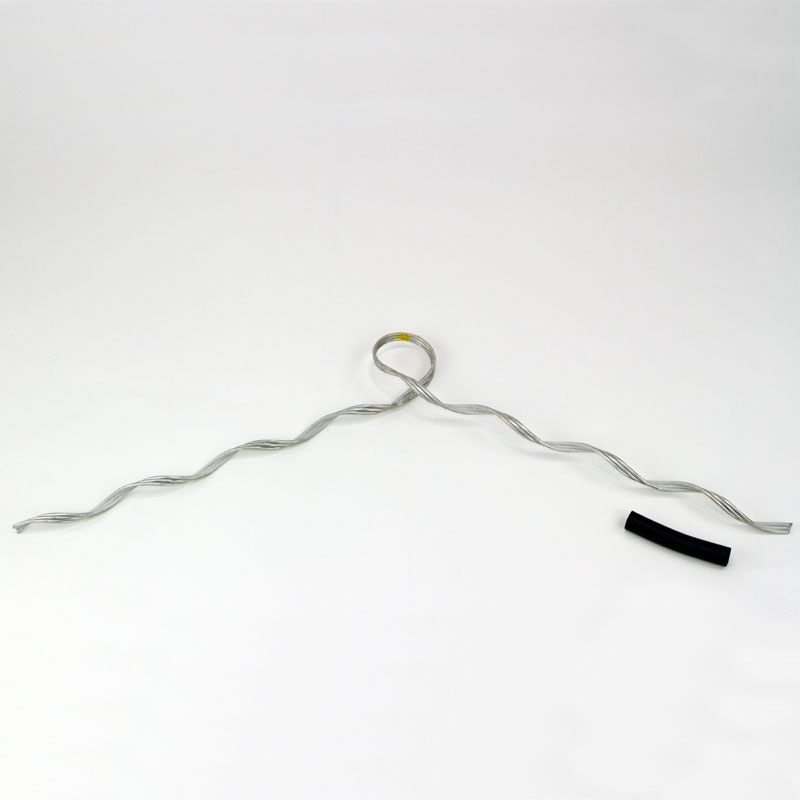
A spool tie is a specific connector used to secure electrical conductors to insulators on power poles. It ensures the stability and safety of the power lines. The helical design of the ties allows them to wrap around the conductor and insulator. It also ensures that it holds the conductor in place without causing damage. Spool ties are from materials like galvanized steel or aluminum materials. These materials provide strength, durability and resistance to corrosion. The materials also ensure the ties are able to withstand environmental conditions. There are various types of spool ties that include hand-tied, preformed and armor-grip spool ties. Each type of spool tie serves a specific function in the particular application selected.
Materials and properties of a spool tie
The materials selected for spool ties have specific properties that ensure durability, strength and electrical performance. The choice of material for spool tie depends on various factors. This is including environmental conditions, mechanical requirements and cost considerations. Also, the right material selection would help maintain the safety and reliability of the installations. The following are the common materials used in the construction of spool ties.
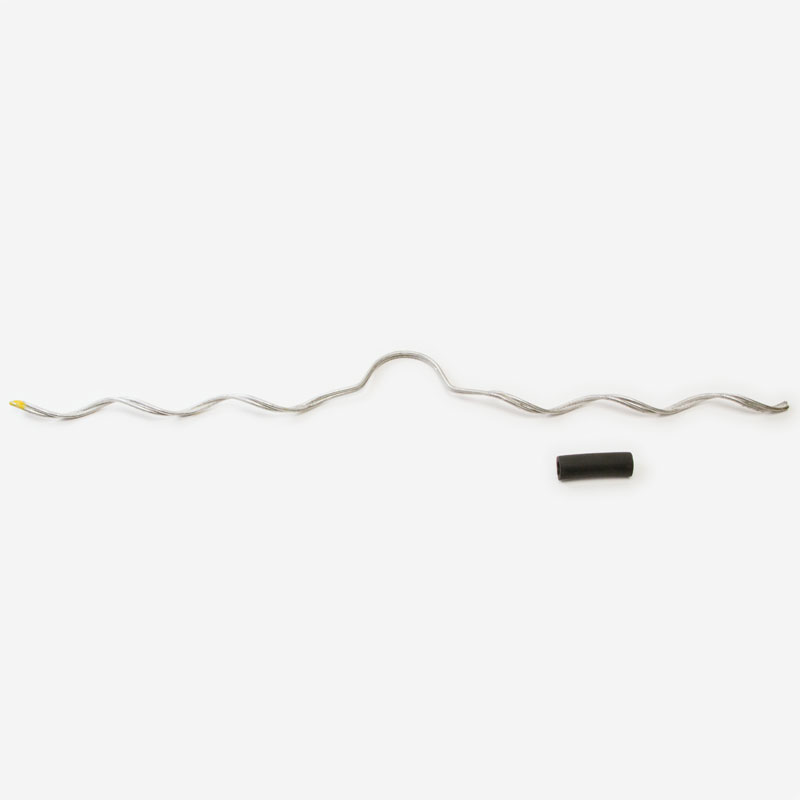
- Galvanized steel – this is steel coated with a layer of zinc to prevent corrosion. It provides high tensile strength, durability and resistance to environmental factors. This ensures the ties can withstand the mechanical stresses of holding conductors in place.
- Aluminum – this is lightweight, non-magnetic and has a natural oxide layer that provides corrosion resistance. Aluminum spool ties are suitable for applications where electrical properties are crucial.
- Copper – this is common for its excellent conductivity and resistance to corrosion. Copper’s electrical properties ensure minimal interaction with the conductor. It is easier to shape and form into the necessary configurations.
- Composite materials – these materials consist of a combination of polymers and reinforcing fibers. They are lightweight, non-conductive and corrosion resistant. They find use in environments with harsh chemical exposure.
- Stainless steel – this is an alloy with high resistance to rust and corrosion due to its chromium content. Stainless steel spool ties have high corrosion resistance, strength, durability and low maintenance. They serve in corrosive environments such as coastal areas or industrial zones.
Technical specifications for a spool tie
Technical specifications for spool ties consist of various parameters. These parameters define their performance, stability and compliance with industry standards. The specifications ensure the spool ties meet the necessary requirements for strength and functionality. Additionally, each spool tie undergoes testing to ensure it meets the performance criteria for its use. The following are the key technical specifications for spool ties.
| Catalog Number | Diameter Range Min. | Diameter Range Max. | Applied Length (Inches) | Color Code |
| ST-19 | .245 | .277 | 19 | Orange |
| ST-21 | .278 | .315 | 21 | Purple |
| ST-24 | .316 | .357 | 24 | Red |
| ST-26 | .358 | .405 | 26 | Yellow |
- Material composition – spool ties are from galvanized steel, aluminum, copper, stainless steel or composite materials. The ties should follow industry standards for material properties. These include ASTM standards or ISO certificates.
- Dimensions and size – the diameter of the spool tie wire should match the size of the conductor and insulator to work with. The tie should be long enough to wrap around the conductor and insulators with enough overlap to ensure a secure fit.
- Mechanical strength – this includes the ultimate tensile strength, yield strength and breaking load. It also specifies the greatest stress and load the spool tie can handle without failure.
- Corrosion resistance – this includes the least zinc coating thickness for steel. It is to ensure enough corrosion resistance. Other materials may have different protective coatings to resist corrosion. These include anodizing for aluminum or specific surface treatments.
- Thermal properties – the specifications define how much the material expands or contracts. This is to ensure the spool tie does not damage the conductor.
- Electrical properties – the specifications provide the resistance per unit to ensure minimal impact on electrical performance. it also ensures there is no unwanted electrical conduction.
Industry advancements and updates for spool ties
There is continuous development for spool ties focused on improving materials, enhancing durability and optimizing installation processes. Development of new materials help to address the challenges posed by increased demand. Additionally, these trends help electrical contractors to ensure they are using the best available technology to support their operations. The following are the recent advancements and trends in spool ties.
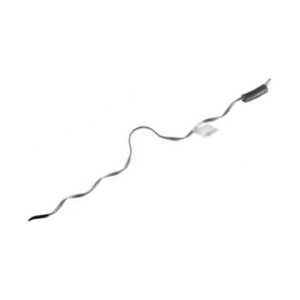
- Advanced materials and coatings – this includes used of composite materials and high-performance coatings. Composite materials provide higher strength-to-weight ratios and enhanced durability compared to traditional metals. It also includes use of Nano coatings, self-healing coatings and thermoplastic coatings.
- Enhanced mechanical design – preformed ties have specific shapes that match the conductor and insulator configurations. This helps reduce installation time, human labor and provide uniform tension across the conductor. Development of high-strength steel and aluminum alloys provide tensile strength and fatigue resistance.
- Improved installation techniques – there is introduction of spool ties that do not need specialized tools for installation. There is also designs for quick –connect systems that allow for faster and more efficient attachment of spool ties to conductors.
- Smart and sensor-integrated spool ties – this is the incorporation of sensors within spool ties to track tension, temperature and mechanical stress in real-time. Development of remote monitoring systems can track the condition of spool ties and conductors using IoT technology.
- Integration with modern electrical infrastructure – this is through smart grid compatibility and adaptability to new conductor technologies. This ensures compatibility with modern electrical systems and supports upgrades to existing infrastructure.
- Cost effective and high-performance options – this includes cheaper materials and bulk production techniques. There is development of cost-effective materials that provide high performance without increasing costs.
Coatings and treatments for spool ties
Coatings and treatments for spool ties help to enhance their performance, durability and resistance to environmental factors. The coatings and treatments used depend on the material of the spool tie and the specific application requirements. Additionally, advances in material science and coating technologies continue to provide new solutions for enhancing the durability and corrosion resistance. The following are the common coatings and treatments for spool ties.
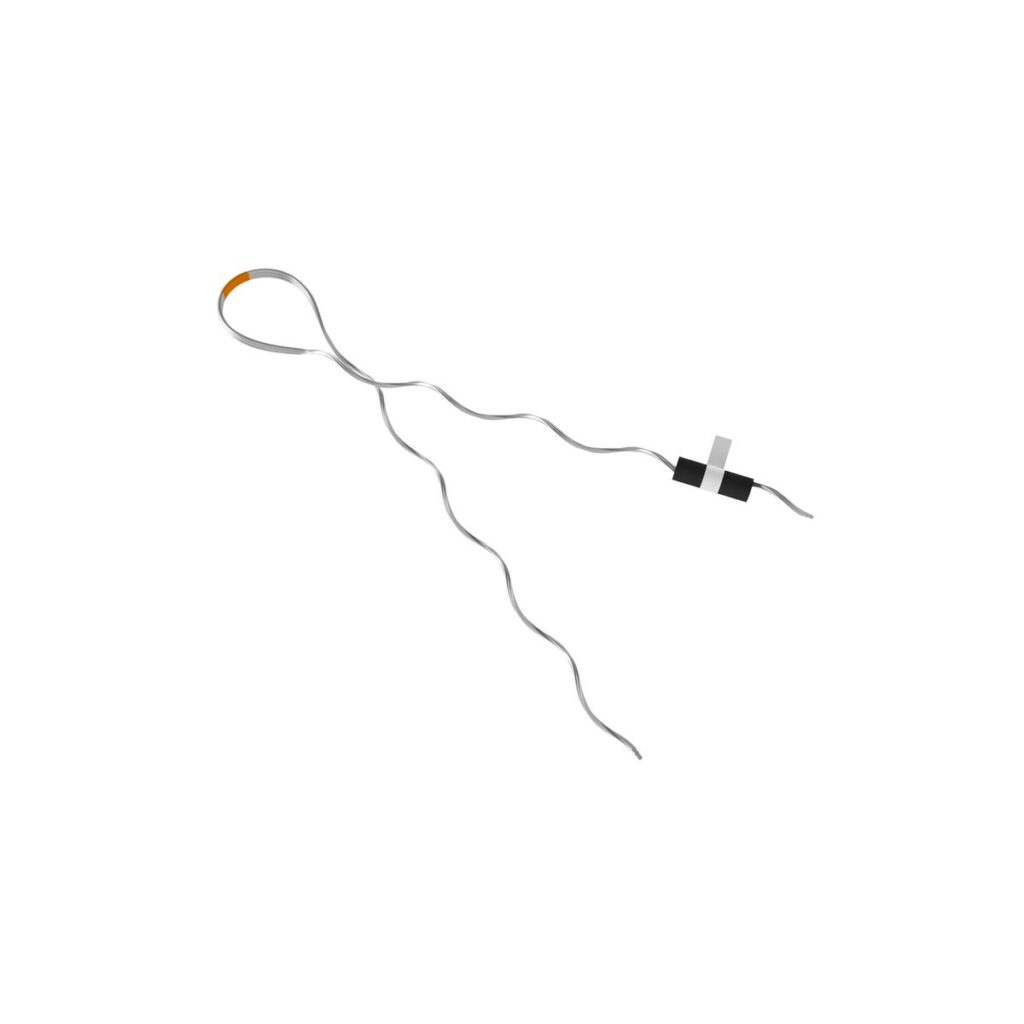
- Galvanization – this involves applying a protective zinc coating to steel or iron spool ties to prevent rusting. This provides a thick, durable coating that provides long term corrosion resistance. It also provides a smoother finish and better adhesion or coatings.
- Polymer coating – this involves applying a plastic to the surface of the spool tie and provide an extra layer of protection. It includes thermoplastic coatings and epoxy coatings. They provide excellent UV resistance, chemical resistance and flexibility.
- Paint and powder coatings – these coatings provide an aesthetic finish and an extra protection against corrosion and wear. They are easy to apply and create tough, durable finish that is resistant to chipping, scratching and fading.
- Anodizing – this is a process used for aluminum spool ties to enhance their surface properties. Anodizing provides excellent corrosion resistance and can have dyes for color coding.
- Metallic coatings – this involves applying a layer of a different metal to improve the surface characteristics of the spool tie. These coatings include cadmium coating and nickel coating. They provide resistance to corrosion and wear resistance.
- Specialty coatings – these include ceramic coatings and Nano-coatings. These are able to withstand high temperatures and harsh chemicals for long term protection.
- Surface treatments – the processes include passivation, phosphating and shot peening. They remove free iron from the surface and bombards the surface with small spherical media to improve fatigue resistance.
Troubleshooting spool ties
Troubleshooting involves identifying, diagnosing and resolving issues that can compromise the integrity of the system. It also helps to identify potential issues early using advanced diagnostic tools. The following is a basic guide on how to troubleshoot spool ties.
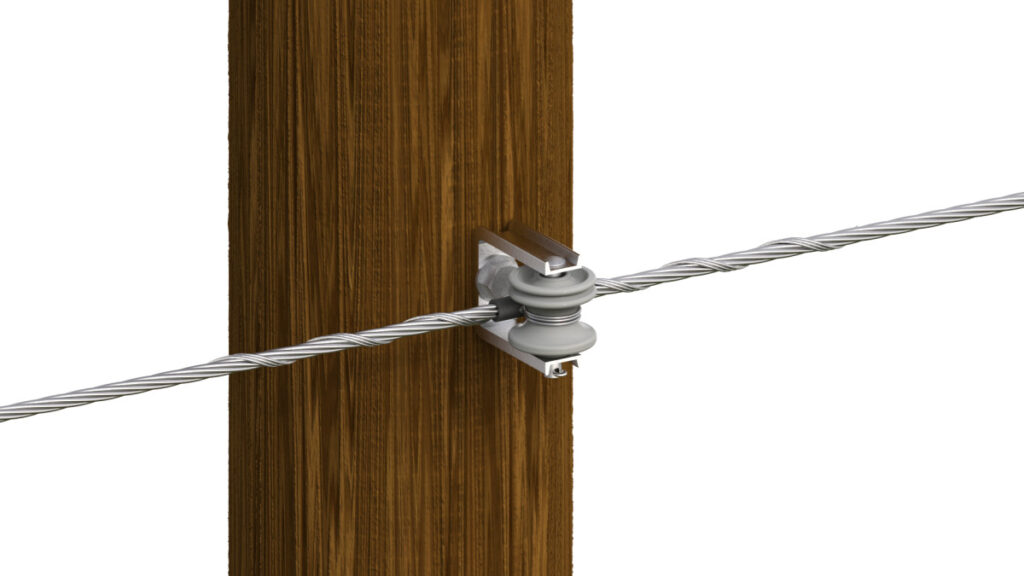
- Inspection – there are several inspection techniques for troubleshooting spool ties. These include visual inspection, tactile inspection, thermal imaging, ultrasonic testing and electrical testing.
- Diagnostic tools – these include multimeter, infrared camera, ultrasonic flaw detector and corrosion testing kit.
- Corrosion and rusting – identify the extent of corrosion using visual inspections and chemical tests. Clean and apply corrosion inhibitors to the corroded spool ties.
- Mechanical and wear fatigue – inspect for signs of wear and fatigue using visual and ultrasonic inspection. Replace worn spool ties with new ones from stronger materials.
- Loosening and slippage – check for loose spool ties and measure the tension. Use proper installation tools to re-tighten loose ties.
- Electrical arcing and insulation breakdown – use thermal imaging and electrical testing to identify hot spots and insulation issues. Repair damaged insulation and ensure proper clearances.
- Environmental damage – inspect the spool ties for UV damage, chemical degradation or weathering. Use suitable coatings and materials for the environmental conditions.
- Incorrect installation – identify installation errors through visual inspection. You can also use measurement of tension and alignment.
Frequently asked questions
Spool ties help to attach conductors to insulators on poles and towers in overhead transmission lines. They ensure the conductors maintain the electrical and mechanical integrity of the line.
Composite materials provide high strength-to-weight ratio, corrosion resistance and are non-conductive.
Galvanization provides a protective zinc coating that prevents rust and corrosion. It makes the ties ideal for environments with high humidity or exposure to salts and pollutants.
